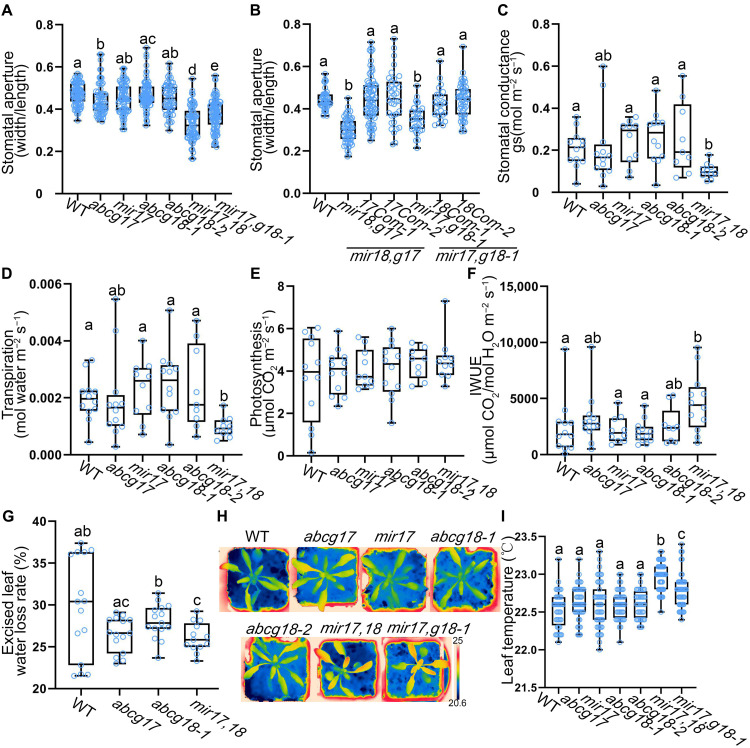Fig. 3. Stomatal aperture, conductance, and transpiration are regulated by ABCG17 and ABCG18.
(A) Stomatal aperture measurements of 25-day-old plants. Shown are averages (±SD), n ≥ 45. (B) Thirty-day-old plants stomatal aperture complementation analyses of two independent ABCG17 and ABCG18 double-knockdown lines. Com stands for complementation lines (pABCG17:ABCG17 or pABCG18:ABCG18). Shown are averages (±SD), n ≥ 26. (C) Plant stomatal conductance measurements of 25-day-old plants. (D) Leaf transpiration rates of the 25-day-old plants. For (C) and (D), shown are averages (±SD), n = 5 plants. (E) Leaf photosynthetic properties of 25-day-old plants, n = 5 plants. Results were not significant at P > 0.05 by one-way ANOVA with Student’s t test (P < 0.05). (F) Instantaneous water use efficiency (IWUE) of plants under normal conditions. Shown are averages (±SD), n = 5 plants. (G) Water loss rates of leaves excised from 30-day-old plants (90 min, room temperature air). Shown are averages (±SD), n ≥ 13. (H) Thermal images of 25-day-old plants grown on soil under normal conditions. Color-coded scale bar indicates temperature. Black scale bar, 1 cm. (I) Leaf temperatures of the indicated genotypes in (H). Shown are averages (±SD), n ≥ 40. For all graphs, different letters represent significant differences, one-way ANOVA with Student’s t test (P < 0.05).

